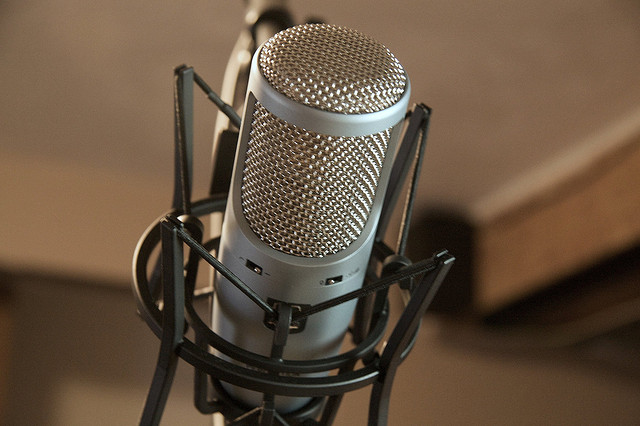How to Consume Podcasts

Photo credit: Matthew Keefe via Flickr
Many people that listen to the shows on the PT Podcast Network are new to podcasts. Because of this, we have found that some of our listeners may be making listening to podcasts harder than it needs to be. So if your are new to podcasts, here is a quick tutorial on this weird thing called a podcast…
What IS a podcast?
Well, it is kind of like a radio show that is recorded for on-demand consumption. Depending on who you ask, the first ever podcast to be released is up for discussion. (For the record, PT Podcast started in 2011.) Whoever first started it, it was not until June 2005 when iTunes first provided native support that podcasts truly became “a thing”. There are no restrictions to the format, there is no censorship, and they are easy to produce.
All of this pre-dates the modern smartphone by a couple years. With iTunes integration, users could subscribe and download shows to their iPods. It was a broadcast listened to on an iPod – a “podcast”.
Consuming via computer
The original podcasts were simply mp3s that were loaded onto websites that people could listen to via their browsers. All podcasts are still available this way (aggregators like iTunes still require this). Of course, you have to park in front of your computer in order to listen. If you shut down your browser in the middle of an episode, then you need to restart the episode from the beginning in order to finish it later. Not optimal.
Some people will “right-click” the mp3 link so that they can download the file and load it into their music player (like iTunes) to listen to later, just like a song. The is a very hands on manual way to make the podcast a little more portable but still pretty complicated. The other problem is that you have to remember to check in from time to time in order to know when the next episode is released. If you are computer savvy enough, you can track the RSS feed of the website in order to get notified of new releases, but few people do this anymore.
Subscriptions
As mentioned earlier, iTunes has had podcasts integrated into it since 2005 but all music management systems do this now. You can go onto these platforms like iTunes on your computer, search out your favorite podcast, and subscribe. When you subscribe, your computer will automatically download new episode within minutes of their release. Pretty convenient.
Subscriptions are almost always free and most shows have subscription info on their show pages. For example, pick your favorite PT Podcast show on our website to learn about how you can subscribe.
Using a dedicated podcast player on your portable device
This is the way I recommend consuming a podcast. Since the introduction of the modern smartphone in 2007 and the advancement to the iPhone 3G in 2008 with non-native apps, there are plenty of options to use podcasts as they were originally intended – mobile!
Most devices have a native player but there are several podcast listening apps available from the Apple app store for iOS and Android Apps on Google Play. Some are free but investing the dollar or two on a premium one can be well worth the money for extra features. Once you find one you like, enter the name of your favorite podcast in the search field. The show should come up allowing you to browse and download just the episodes you want. It should also give you the option to subscribe to the show for automatic downloads of new episodes directly to your device.
Once you have the show on your device, you can listen to your favorite shows while working out, mowing the lawn, driving in your car, sitting on the train, wherever!
Leaving a review on iTunes
The listing on iTunes is still the gold standard for podcasts. They use a system based on downloads and review counts. That means that the best way to support your favorite show is to leave a review on iTunes. Simple search the show in the iTunes store and rate the show (out of 5 stars). Better yet, leave a review saying why you like the show! This is the best and FREE way to show your love.
Happy listening!!!
Looking for the comments section? Learn why you can’t find them.
